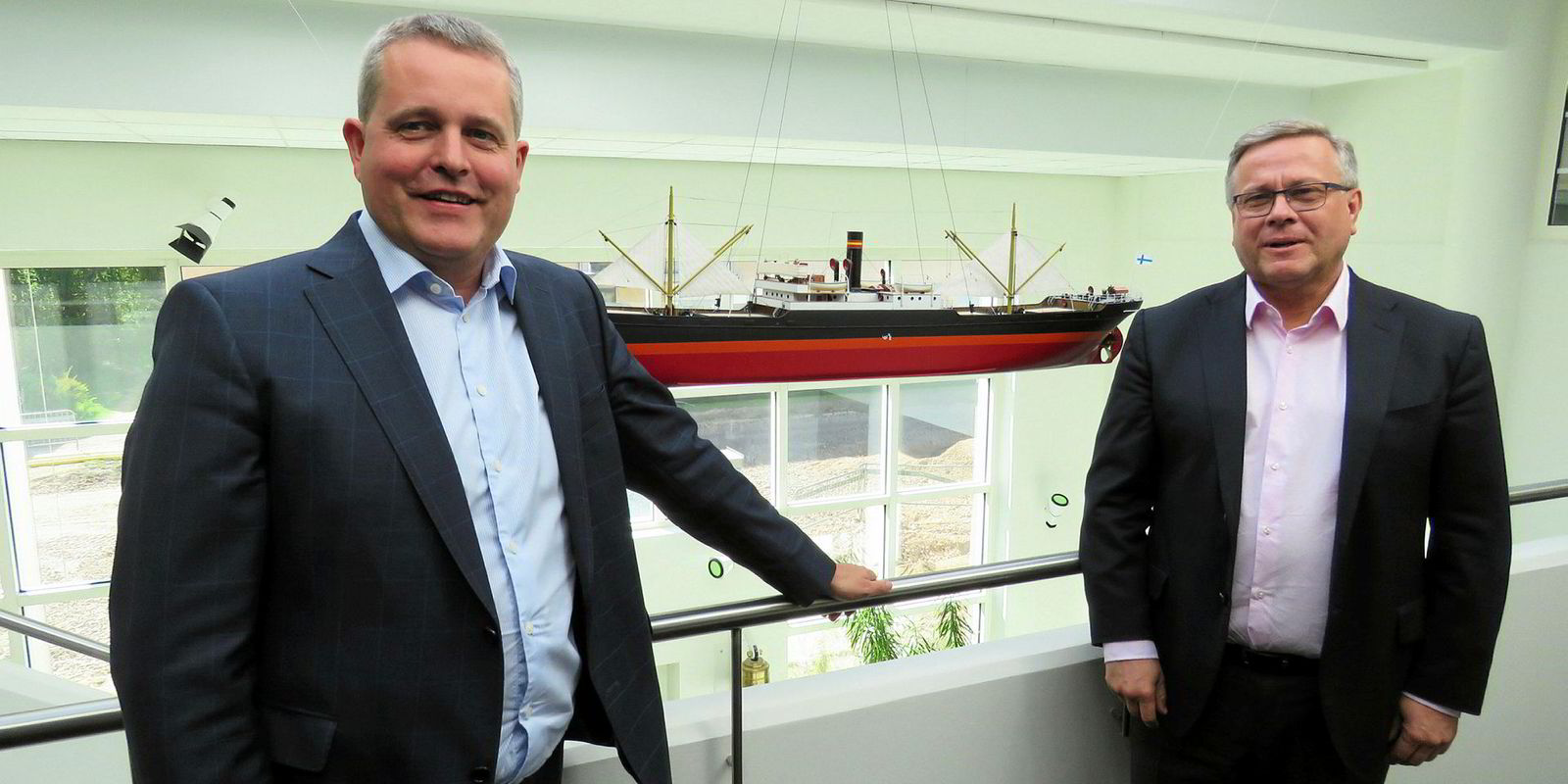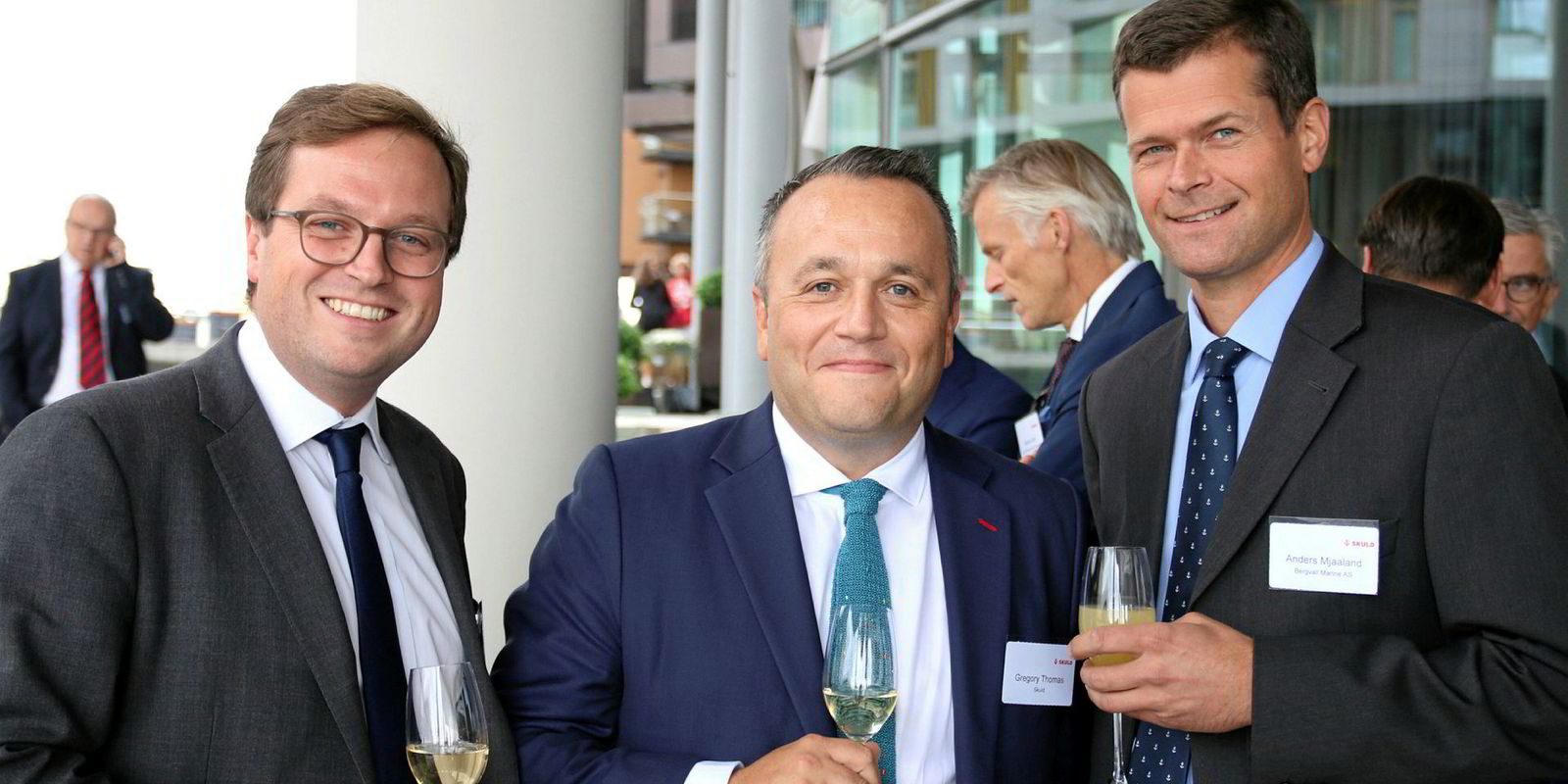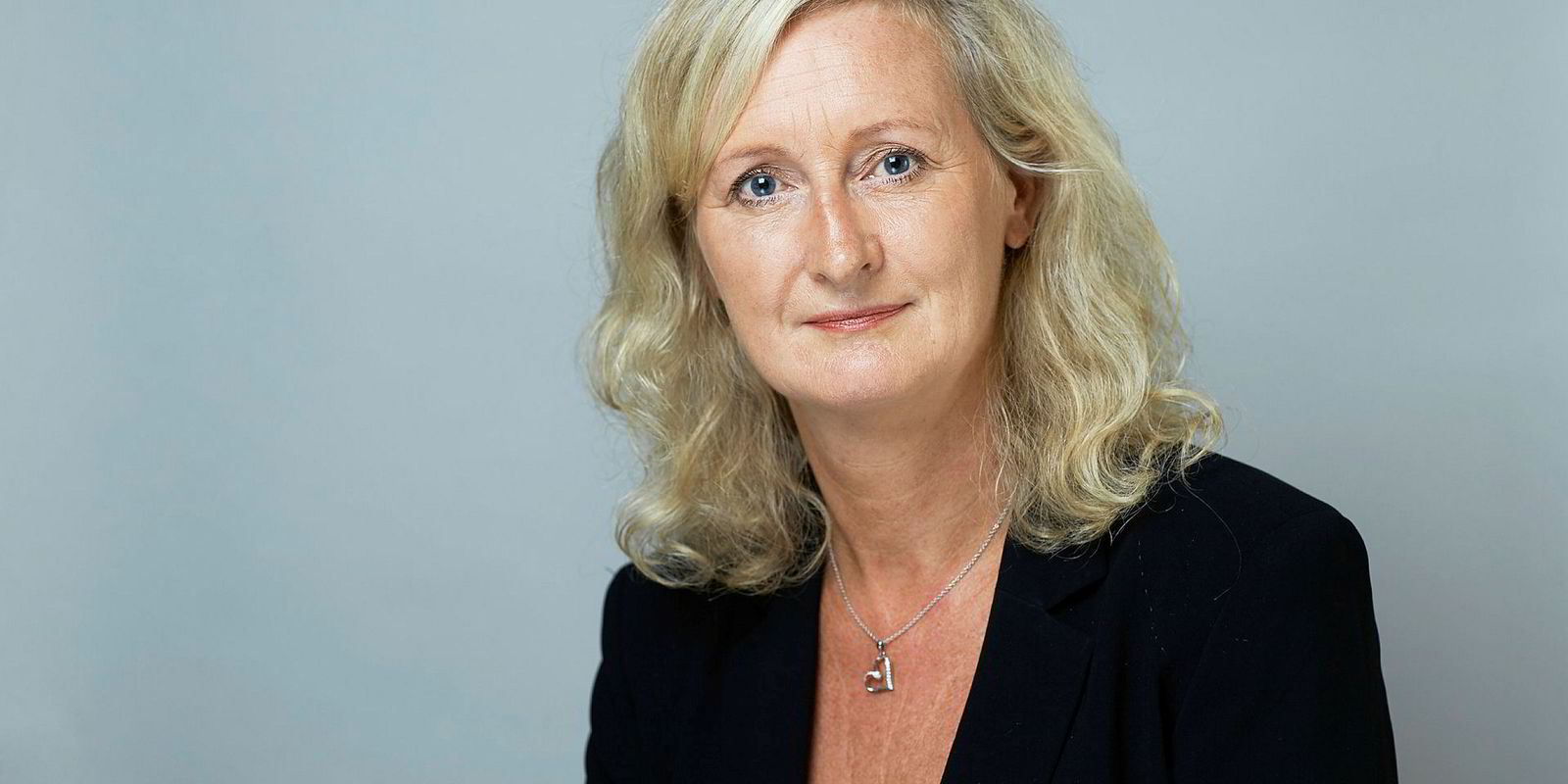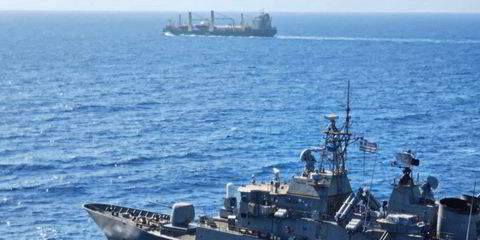Nordic insurers saw hull premium income rise by almost $70m last year, according to the latest figures from the Nordic Association of Marine Insurers (Cefor).
In 2018, the 11 Cefor members providing hull cover earned premium income of more than $628m, up 12% compared with just over $560m in the previous year.
However, Cefor warned the increase is an indication of higher volumes of business and should not be mistaken for an upturn in rates.
The largest marine insurer, Gard, recorded the biggest increase, with its hull premium income soaring to $240m from $175m in 2017.
Biggest mover
The biggest mover was Alandia Insurance, which ranked as the seventh-largest Nordic insurer in 2017 with $31.1m in premiums. The Finnish specialist shot up to number-three last year after earning $45.7m.
Perhaps reflecting Alandia's growing prominence in the marine hull insurance market, its commercial marine insurance director Jan Limnell took over from Gard’s Svein Buvik as chairman of Cefor at its annual meeting.
Limnell told TradeWinds that the income increase is the result of a growth strategy that was taken up last year following a decision to demutualise.
Alandia has decided to focus on only marine lines of business. Despite low hull rates, Limnell said that the company is getting good results from its hull cover.
"We are getting the technical rates we need," he said.
However, Norway’s Skuld saw its hull premium income slide as it cleaned up its Lloyd’s of London syndicate’s book in a bid to turn around losses.
Skuld slide
Skuld earned $56.8m in premium in 2017 but that fell to $43.2m last year. It has now put its Lloyd’s syndicate into run-off and is preparing to take the business into the company market.
Although premiums appear to be on the rise for Nordic insurers, Cefor is warning that claims could be increasing too. Its figures show 2018 to have been the third-consecutive year without a claim of more than $30m and the year turned out to have the lowest claims frequency in 23 years.
Two of a number of casualties that occurred in the period [from] January to March 2019 are partly covered by the Cefor market and may end the three-year period without claims in excess of $30m
Helle Hammer
However, Cefor has identified claims already this year that it believes could be in excess of $30m.
Cefor managing director Helle Hammer said: “Two of a number of casualties that occurred in the period [from] January to March 2019 are partly covered by the Cefor market and may end the three-year period without claims in excess of $30m.”
P&I reverse
In contrast to the hull income growth among Nordic insurers, protection and indemnity cover went into reverse in 2018, reflecting the continued soft premium trading environment. None of the mutual P&I insurers had a general increase in premiums last year.
Overall, Cefor’s P&I insurance providers saw premiums slip from $954m in 2017 to $937m last year.
Gard earned $528 in P&I premium in 2018 compared with $543m in 2017.
Only Skuld managed to register a small increase, rising from $295m to $296m. The Swedish Club’s P&I income fell from $99.9m to $96m.
| Insurer | Income | Market share |
| Gard | $240m | 38.2% |
| Norwegian Hull Club | $155m | 24.6% |
| Alandia | $45.7m | 7.3% |
| Skuld | $43.2m | 6.9% |
| Swedish Club | $40.3m | 6.4% |
| If | $32.6m | 5.2% |
| Codan | $28.8m | 4.6% |
| Gjensidige | $24.3m | 3.9% |
| Moretrygd | $9.7m | 1.5% |
| Fender Marine | $5m | 0.8% |
| Tromstrygd | $4m | 0.6% |
Source: Cefor






